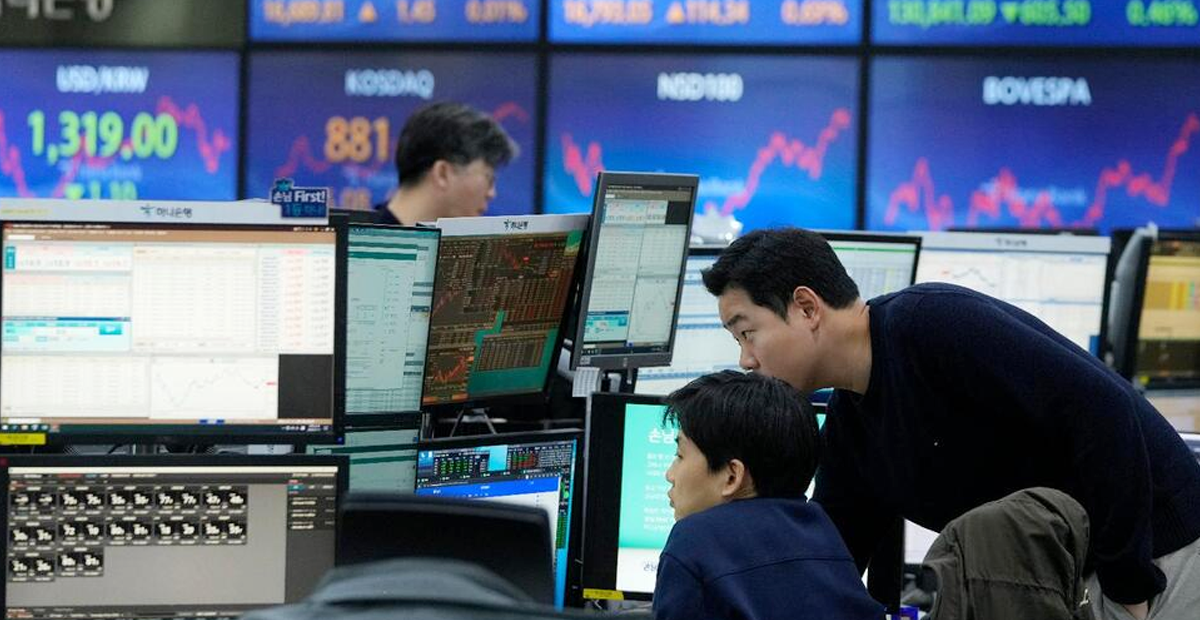Asian Markets and Currencies Tumble in Widespread Sell-off
Asian stocks and currencies faced a sharp downturn as weakening momentum in China’s economy compounded fears stirred by high US interest rates and escalating tensions in the Middle East. The MSCI Asia Pacific Index recorded its most significant drop since August, marking widespread losses across all major markets. This decline coincided with a broad sell-off in global markets, evidenced by falling futures for US and European equities and a more than 1% drop in the S&P 500 amid volatile trading fueled by strong US retail sales data.
A series of disappointing economic indicators from China highlighted concerns about the uneven nature of the country’s economic recovery. Although GDP and fixed asset investment figures exceeded expectations, retail sales and industrial production failed to meet forecasts, signaling potential weaknesses in the economic foundation. This patchy recovery has led to increased volatility in the financial markets, with significant implications for currency valuations.
The currency markets saw dramatic shifts, particularly among emerging market currencies which plunged to multi-year lows. The South Korean won and the Indonesian rupiah were notably affected, each falling to their lowest levels in years. Market analysts attributed part of this regional currency weakness to a surprising move by China to lower its yuan defense, which has put additional pressure on neighboring currencies.
Market analyst Tony Sycamore from IG Australia described the situation as a “perfect storm” created by consistent high US inflation data, potential missteps in Middle East policy, and overextended global equity positions. These factors have combined to unsettle bond markets and increase the risk of broader economic disruptions.
In the currency markets, the US dollar reached its highest point since November, driven by its status as a safe-haven amid rising geopolitical risks in the Middle East. This surge in the dollar has had a cascading effect across Asian markets, exacerbating financial instability in the region.The economic turmoil has forced interventions by central banks in several countries to stabilize their currencies. Indonesia’s central bank stepped in after the rupiah crossed 16,000 against the dollar, a threshold not seen since 2020. Similarly, the South Korean won dipped to its lowest since 2022, and the Indian rupee hit a record low against the dollar.
Amid these currency woes, commodity markets also reacted. Oil prices in Asia climbed, with West Texas Intermediate oil recovering to over $85 a barrel following geopolitical developments involving Iran and Israel. Meanwhile, gold prices remained stable, and US treasury yields saw fluctuations following a spike in yields the day before.
Overall, the Asian financial markets are navigating a period of significant uncertainty, influenced by internal economic data and external geopolitical and economic pressures.












